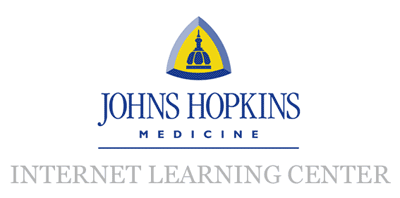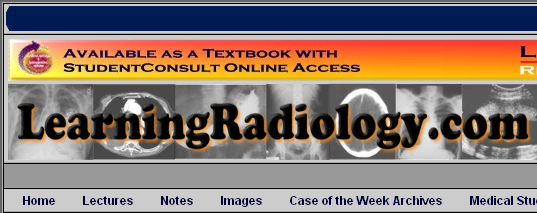FREIDA Online is a fantastic resource for any medical student. I recently wrote about how students can compare individual residency programs using FREIDA's various different variables. The database is not limited to comparing individual training programs; it also allows students to compare different specialties.
The "Specialty Training Statistics" section provides basic statistics about training in each specialty. Variables presented for each specialty include:
- Number of residency programs in the US
- Length of training programs
- Average number of interviews performed by each residency program
- Total number of residents
- Gender Gap for each specialty
- Average number of faculty per resident
- Average number of work hours per week for each specialty
- Average number of days off per week (THESE LAST TWO ARE VERY IMPORTANT! COMPARE SPECIALTIES!)
The "Graduate Career Plans" section of FREIDA provides information about the careers plans of each of the medical specialties. Variables presented for each specialty include:
- Percentage of residency graduates pursuing further training
- Percentage of last year's graduates who are in private practice
- Percentage of last year's graduates who are employed in academic settings
- Percentage in the military
- Percentage employed as basic scientists
- Percentage who are unemployed
In each case, the statistics are taken from the most recent graduating class and the database is updated each year.
Read these data carefully. I found that the "Hours Per Week" section was very useful and very realistic!










 I recently
I recently 

 My name is Andrew and I am a first year resident training to be an ophthalmologist. I created ShortWhiteCoats to provide medical students, residents, and the public with all the information I spent so many hours looking for during medical school.
My name is Andrew and I am a first year resident training to be an ophthalmologist. I created ShortWhiteCoats to provide medical students, residents, and the public with all the information I spent so many hours looking for during medical school.







